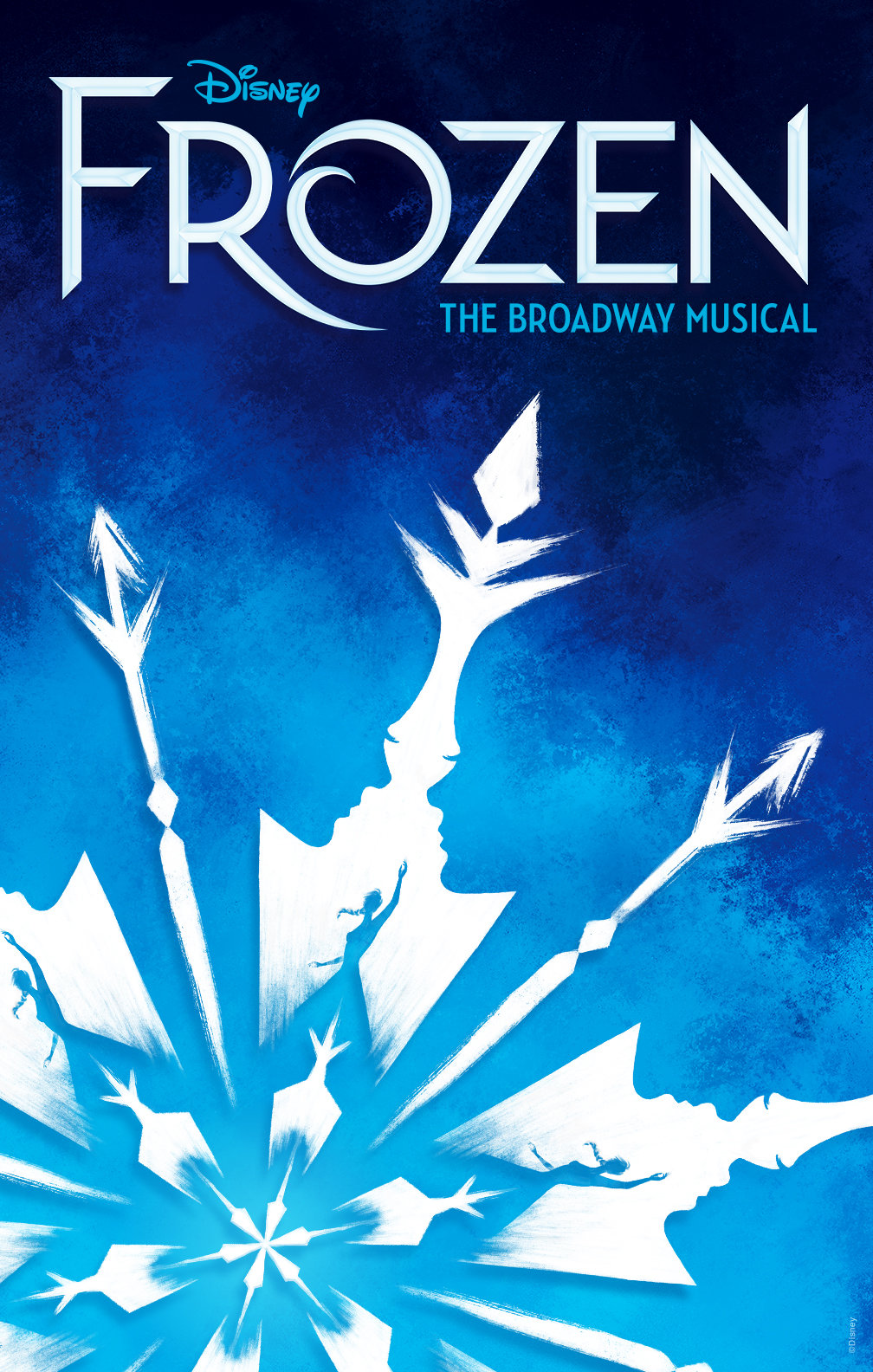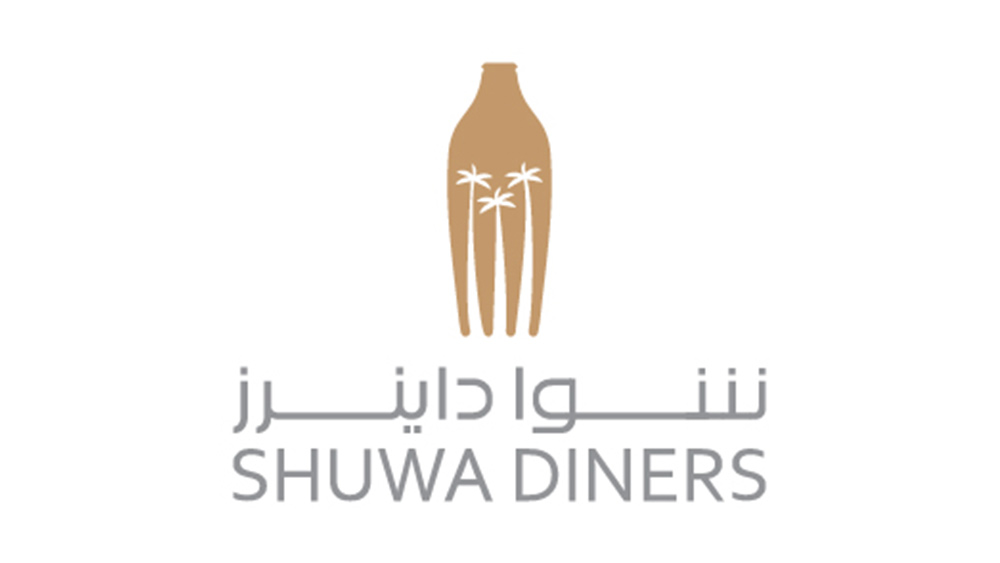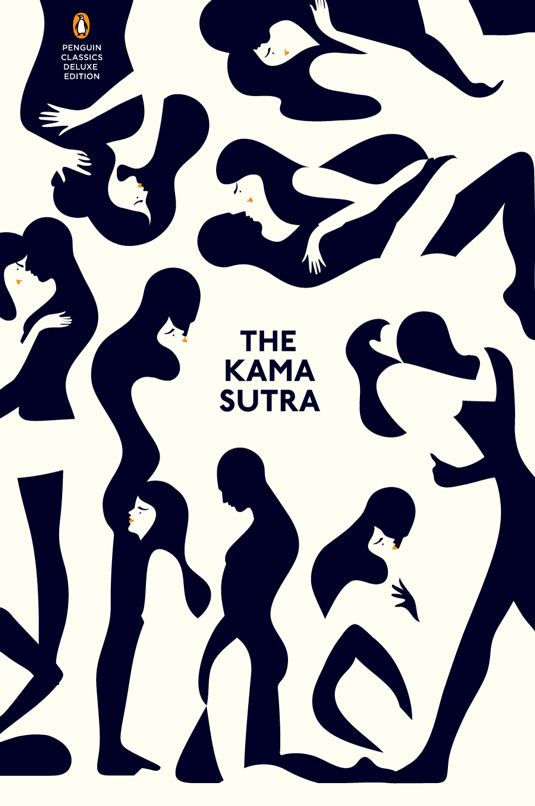19 brilliant examples of negative space in design

Negative space is one of the boldest tools in a designer's arsenal, allowing artists to create strong symbolism and pack surprises into their work to create a lasting impression. While positive space in an image is its main focus – the object itself – negative space is just as important, and clever use of it, be that within and surrounding an object, can be hugely effective.
Read on for 19 brilliant examples of negative space for inspiration and scroll down further for five top tips on how to use negative space in your own work courtesy of artist Timothy Von Rueden. You can click on the icon at the top-right of each image to enlarge it. If your interest in negative space is related to logo design, make sure you also see our guide to the golden rules of how to design a logo.
19 great examples of negative space
01. FedEx logo

This list wouldn't be complete without mentioning perhaps the most famous use of negative space in a logo. The white arrow between the E and the X in the FedEx logotype can never be forgotten once you've noticed it. Originally designed by Lindon Leader in 1994, the logo has won ample design awards and is constantly featured in 'best logos' lists. You can read our interview with Leader in our 10 best logos ever article.
02. Korean Macbeth posters

This year the National Theatre of Korea unveiled a set of stylish posters for its new production of Shakespeare's classic, Macbeth. With ingenious costuming and composition, the powerful design is a brooding reflection of the Scottish play, bringing a sleek and striking refinement to the poster design.

Created by art director Yuni Yoshida and photographed by Noh Juhan, the two posters ingeniously make use of negative space to create striking visual storytelling. In one design, the queen's unzipped dress cleverly creates a sword silhouette, while the other features a crown motif shaped by the front of her garment.
03. The Guild of Food Writers

The logo for the Guild of Food Writers is one of the most acclaimed uses of negative space in logo design, and one that's often emulated. Designed in 2005 by the now-defunct London agency 300million, it depicts a spoon in the negative space created by a fountain pen nib. It's wonderfully simple and sums up what the Guild does. Of course, its longevity will depend upon whether future generations will be able to recognise a fountain pen.
04. The Testaments
Noma Bar is well-known for his illustrations that use negative space, and the cover he created for Margaret Atwood's The Testaments is no exception. Look closely at the hooded figure's robe, for example, and you'll see another figure hiding. Bar has also designed a striking book cover for Atwood's The Handmaid's Tale.
Daily design news, reviews, how-tos and more, as picked by the editors.
05. SANCCOB
The South African wildlife charity SANCCOB uses negative space as a trademark and even within its logo. Its See the Reality campaign featured a series of stunning posters that make remarkable use of negative space. The relationship between the negative and positive space was particularly significant here marking the fatal transformation from living to extinct penguins.
06. The 8 of diamonds playing card

One very clever use of negative space holds a secret hidden right in front of our eyes. On the humble eight of diamonds playing card, the white space between the red diamonds resembles the number of the card. It's been this way for a long, long time, but many people never notice until it's pointed out, making this a nice little design secret that you can't unsee once you know it's there.
07. Frozen
For the new Broadway production of Frozen, Disney commissioned this poster by advertising agency Serino Coyne and UK artist Olly Moss. It features a stylised snowflake that incorporates the main characters through a clever use of negative space, which many observers might not notice immediately.
08. Formula 1
This clever negative space logo, designed by Carter Wong studio, served Formula 1 well – it was in use from 1994 until 2017, when it was replaced by a new streamlined logo created by W+K London and accompanied by three custom typefaces designed by Marc Rouault. The number 1 appears in the negative space between the F and the go-faster stripes. It's easy to interpret but gives a sense of dynamism and speed.
09. Pittsburgh Zoo
Why would a zoo have a sole tree as its logo? Well, look a little closer at the logo for Pittsburgh Zoo and PPG Aquarium, and you'll see that the space around the tree actually forms a gorilla and what looks to us like a lioness. Can you spot anything else?
10. Air Max 2017
Negative space doesn't have to be static. When Nike wanted to draw attention to the ultralight support in its Air Max 2017 trainers, ManvsMachine delivered a campaign that showed this through a series of visual metaphors inspired by scenarios encountered on an everyday run. Rather than use an actual Air Max, it employs a trainer-shaped piece of negative space to suggest air. And very clever it is too.
11. Yorokobu Numerografía
Each month, Yorokobu magazine asks an artist or designer to create a series of original numerical characters for its Numerografía section, and this was what Forma and Co came up with. The Barcelona-based team used eye-popping primary colours and a clever use of negative space that creates a 3D effect.
12. Symbols
It's easy to become desensitised to tragic news stories, but this video for the World Food Programme drives home the plight of refugees in a very powerful way. Designed by negative space master Noma Bar and animated by Ale Accini, the 30-second video entitled 'Symbols' uses stunning visual shorthand in its plea to help stop hunger and start peace. It's emotively narrated by Liam Neeson.
13. Anything by Tang Yau Hoong
Tang Yau Hoong is an artist, illustrator, graphic designer living in Kuala Lumpur, Malaysia. With a passion for creative thinking, he creates art that's conceptual, surreal and fun in a simplistic and unique way. A whole section of his website is dedicated to the art of negative space and he has tons of fantastic examples of how the concept can be used to great creative effect. His work often shows that you can often take a lot of liberty with sizes and form when using negative space.
14. Shuwa Diners
A similar idea to number one on our list, while the Guild of Food Writers logo carves a spoon out of a pen nib, Paragon International carved palm trees out of a fork to convey a sense of place in this logo for a restaurant in Oman.
15. Letters
We've seen a lot of highly creative, quality work from the Brazilian ad studio Leo Burnett, and this clever campaign for Fiat encouraging people not to text while driving is a highlight.
A series of three prints, a large white letter R, N, and F are accompanied by a graphic of a little girl, dog, and bus respectively, each illustration creating the defining shape of each letterform. The taglines state: 'You either see the letter or the dog (bus, little girl). Don’t text and drive.'
It's a fantastic example of how clever use of negative space can make a big impact. The stark contrast between black and white creates beautiful silhouettes hidden within the type. It's an innovative idea that really drives home the dangers of texting while driving.
16. The Typefaces
The Typefaces is a book from Singapore-based designer and illustrator Scott Lambert that aims to celebrate playful products for kids and kids-at-heart. "Inspired by letterpress printing and childlike observations, The Typefaces are simply faces in type," Lambert explains. Negative space allows Lambert to give each letter a friendly face with lots of personality. He also produced T-shirts with the illustrations (see the picture at the top of the page).
17. Cut-Outs
This brilliant print by graphic designer Simon C. Page pits Batman versus Penguin. Part of his Cut-Out series, the piece cleverly depicts the two characters using negative space. The bald head and long pointy nose are instantly identifiable as Danny Devito's Penguin, which in turn, carves out the bold silhouette of Michael Keaton as Batman.
18. Shigeo Fukuda
Japanese poster designer and graphic artist Shigeo Fukuda's optical illusions brought him international renown. Like many of his pieces, this striking black and white print, constructed of minimal, considered lines, is slightly disorientating – a theme that ran through his work up until his death in 2009.
19. The Kama Sutra
When French artist and illustrator Malika Favre was commissioned to create the cover for this naughty classic, she went through many iterations – including this one – to get to the final design.
Known for her distinctive use of graphic shapes and bold colours, Favre comments on her website: "I try and get to the essence of my subject by using as few lines and colours as it needs to convey the core of the idea." She's certainly done that for this version of the book cover, cleverly incorporating negative space to depict various sexual positions at once.
Timothy is an independent artist showing and selling his work at various conventions across the United States.














